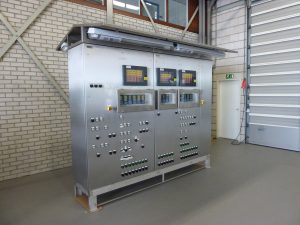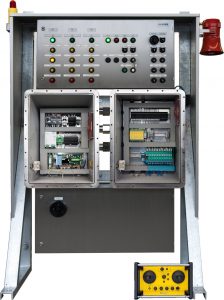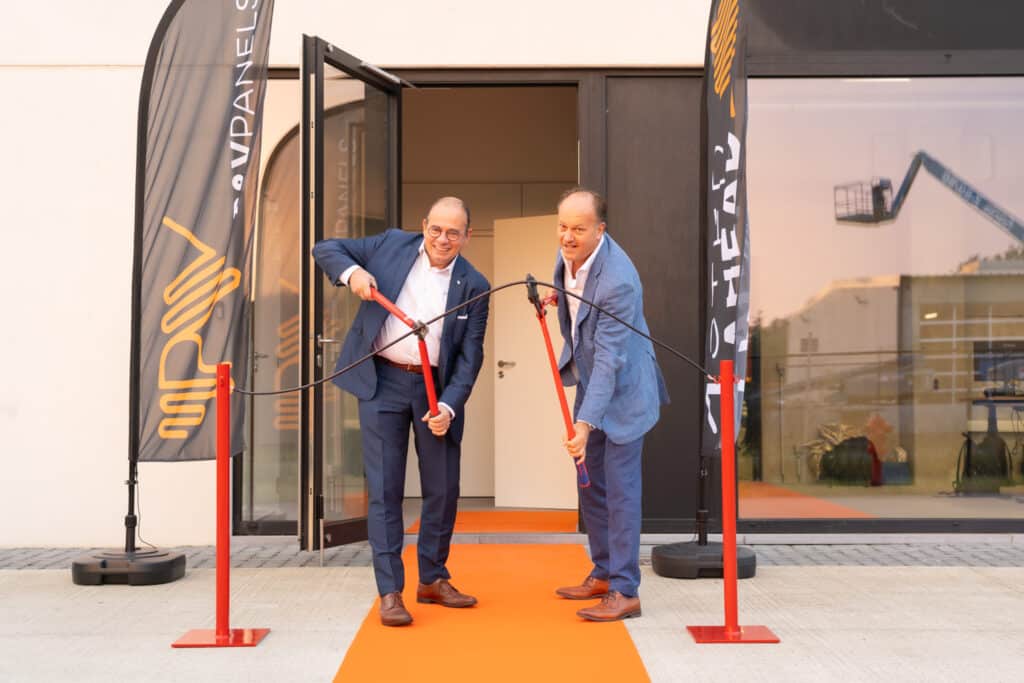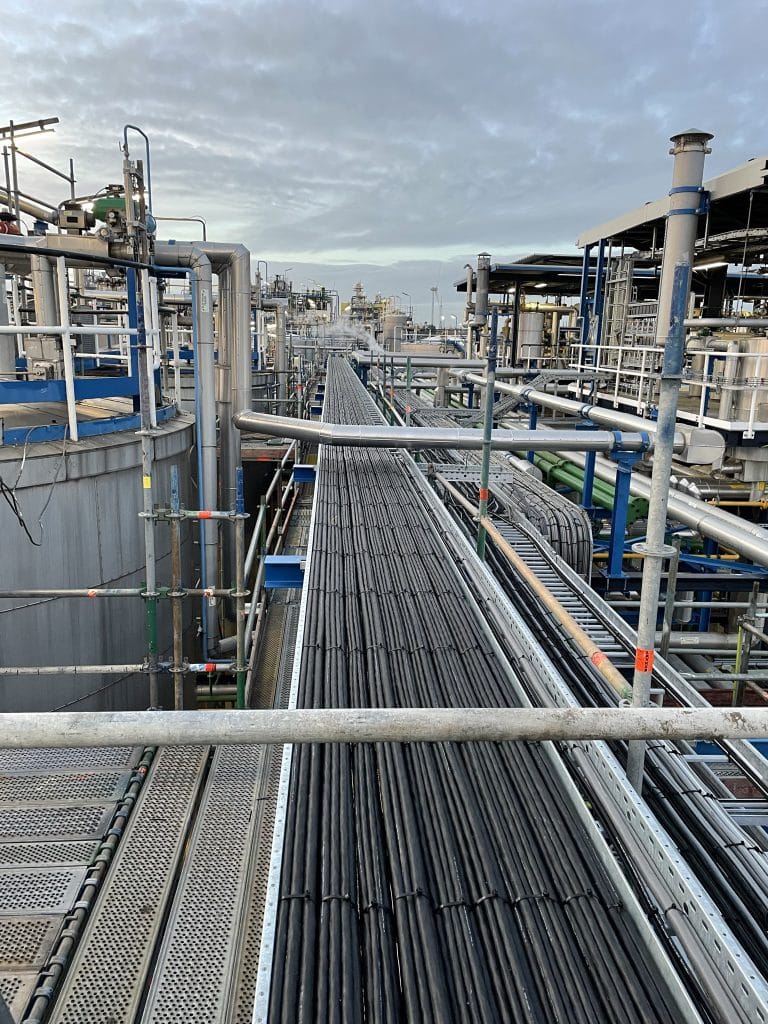ATEX & IECEx
eReM designs, builds, tests and installs various types of control panels. However, the method for the production of panels in explosion hazardous environments is a different story. In Europe, these panels should meet the strict ATEX requirements and outside of Europe, IECEx is applicable. eReM delivers panels for both zone 1 and zone 2 (gas) as for zone 21 and zone 22 (dust), depending on the environment. For ATEX zone 2, we provide a declaration of conformity and for ATEX zone 1, a notified body certifies the panels. For IECEx, the notified body certifies the panels for both zone 1 and 2. We have a lot of experience with ATEX and IECEx in the petrochemical and oil & gas industry. What should be taken into account while building an ATEX/IECEx panel and what is the correct method? What types of protection methods occur most frequently? In this blog various aspects are illustrated.

Strict ATEX guidelines
For building ATEX/IECEx panels, the standards and guidelines are documented in for example NEN-EN-IEC 60079 and IECEx 02. For production, understanding of these standards is necessary, but also knowledge of the danger and risks. Projects for ATEX/IECEx environments are therefore always carried out by ATEX educated engineers. During the entire process, the engineers ensure that the design, construction and installation of the control systems meet the right guidelines. Especially, attention should be paid to additional client and project requirements and product specifications of the components.
ATEX method for panel building
During the process, components with the correct protection methods against ignition should be selected. In order to do this, it is important to have knowledge about the environment of the system: are there any gasses, dusts or other risk factors? With this information the correct protection method can be chosen. This can be done by selecting a certain panel type or by choosing materials that have the correct certification. Both electrical and non-electrical components (glands for example) should have the correct, certified protection method.
In order to avoid an explosion caused by an electric short circuit in an explosion hazardous environment, loop calculations will be executed with regard to intrinsically safe protection (Ex i). The engineer calculates if the ignition energy that is send into the field is low enough not to cause an explosion, when a short circuit occurs. Besides, the engineer calculates if the system and its components do not get too warm. All calculations, certificates and product specifications are documented in the Technical Construction File and are archived for a minimum of 10 years.
Different protection methods

Depending on the application and protection method, the engineer decides which panel type and what components are suitable. The protection methods that are applied most frequently, are:
Ex d – flameproof enclosures
An Ex d box can contain sparking parts that may ignite an explosion under regular usage. The box is breathable and not pressure-tight. It is notable that Ex d panels always have thick walls. If an explosive gas comes into the panel and causes an explosion, the pressure of the explosion is caught by the walls of the panel. Besides, the flame dwell makes sure that the explosion cannot get out of the box. Therefore, it is possible to use normal components that are not ATEX certified in this box.
Ex p – pressurized apparatus
By making use of a slight overpressure on the inside of the panel, it is avoided that an explosive gas can come in. This way, a safe zone is created and an installation with normal, non ATEX components can be used. However, if the panel depressurizes, an action is automatically started, depending on the zone. In zone 1 all risks are excluded by making the panel voltage-free. In zone 2, an alarm is sent to the operator. Obviously, the panels need to be sufficiently leakproof and constructively reinforced.
Ex e – increased safety
An Ex e panel has different applications: from a simple junction box to a control panel. Various manufacturers deliver components with an Ex e certification. The applied material does not contain parts that can cause sparks under regular usage and the material is non conductive. Components do not only include transformers, fuses, switches etc., but also non-electrical components, such as cable glands.
Ex i – intrinsic safety
An application is intrinsically safe, when the ignition energy in the circuit is limited and sparks cannot cause an ignition of an explosive gas. For example, this can be done by using Ex i isolators. Notable about these panels, is that the cables of the Ex i signals have a blue marking and have a minimum distance of 50 mm to other components. This is documented in the standards and therefore, Ex i signals can always be easily recognized.
For control panels it is not necessary to choose one certain panel type. Often combinations between the different types of protection methods are applied. For example, it happens that an Ex e panel is chosen in combination with Ex d or Ex i components. This fully depends on the application of the panel. The chosen protection method can always be found in the mandatory ATEX marking on the panel.

